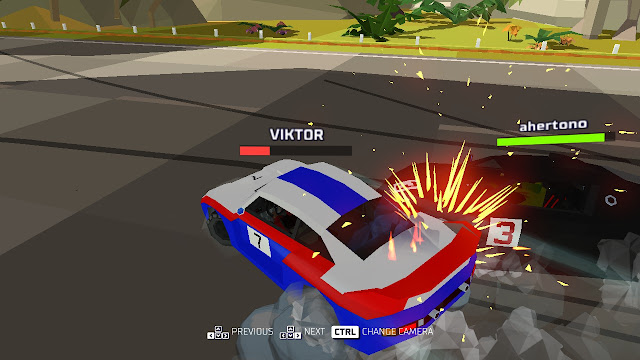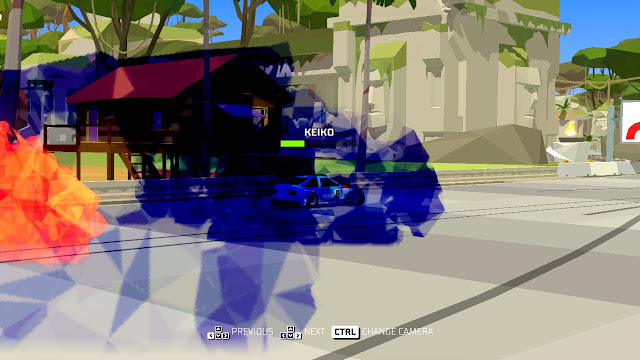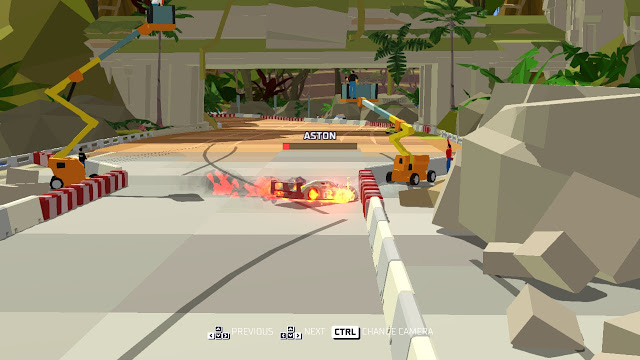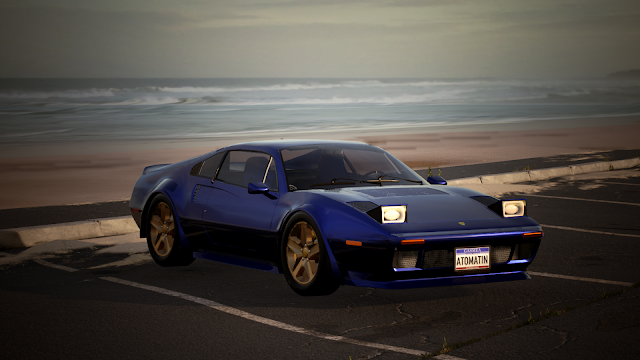Confessions of an Automationeer, Part 193: Capstone of a Legacy
For my third and final submission in A Legendary Legacy, I decided to give the AMS Antares of the 2000s a once-over, using the same tech pool budget ($75m in total). This time, I spared no expense in making it perform as intended. With a billet block for its engine, plus a glued and extruded aluminum alloy chassis clad in aluminum bodywork, this was definitely a more expensive offering than its predecessor, especially when fitted with the optional carbon-ceramic brakes and 20-inch forged alloy wheels (as shown below).
Above, from top: The 2005 AMS Antares took its predecessors design cues and evolved them for the 21st century, but had all-new underpinnings beneath its muscular skin.
To justify the extra price, semi-active dampers were offered for the first time ever, and satellite navigation was part of the standard equipment list. However, it retained the Antares line's hallmarks of a naturally aspirated V8 driving the rear wheels, and a raised center section on the hood flanked by two functional vents, with one more on each front fender. And with 500 horsepower using the same displacement, thanks to variable valve timing and lift, the Antares' performance was even closer to true supercar status, if it wasn't already.
Semi-slick tires (not fitted to this example) were also part of the extensive option list, although they wouldn't be as suitable to wet-weather driving as the standard high-performance rubber. And as before, customers enjoyed a wide variety of interior and exterior color and trim options - they could even specify bespoke finishes at extra cost if they desired.
In short, this generation of Antares was a fitting exclamation point for this challenge trilogy to end on, with more than enough speed and handling to match the segment leaders, all wrapped up in a sensuous exterior that makes it an object of desire, even to this day.

















